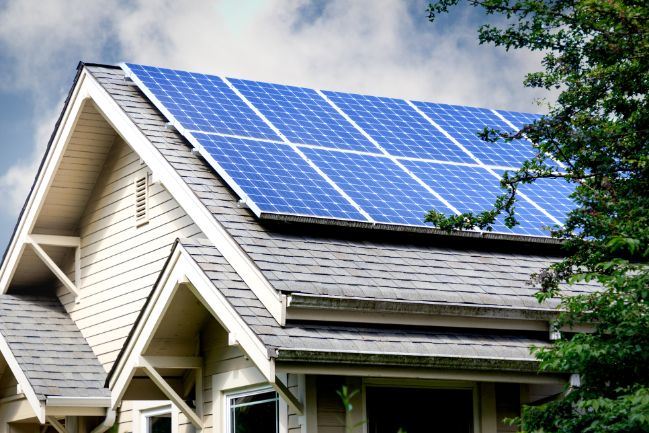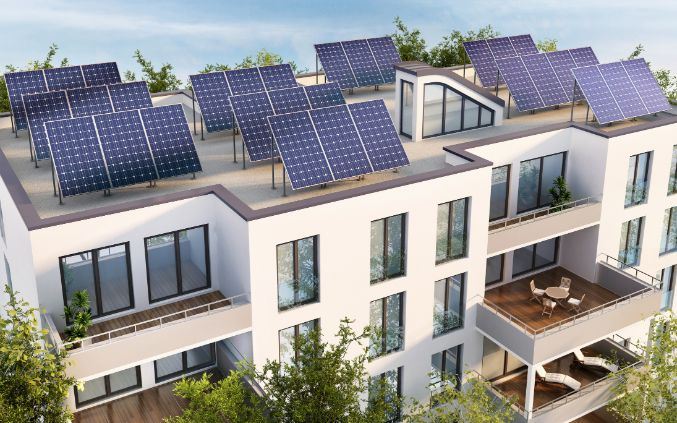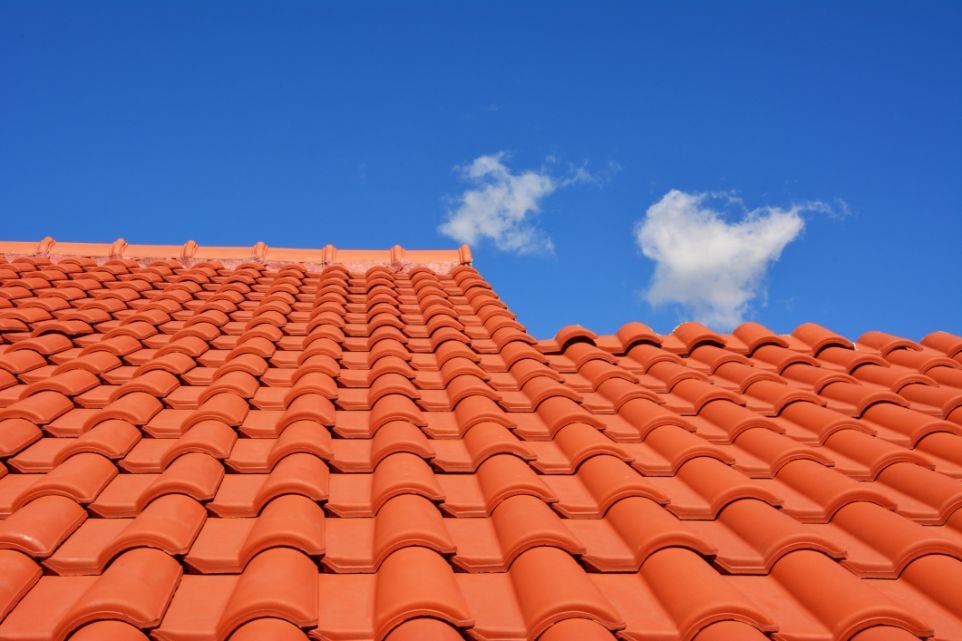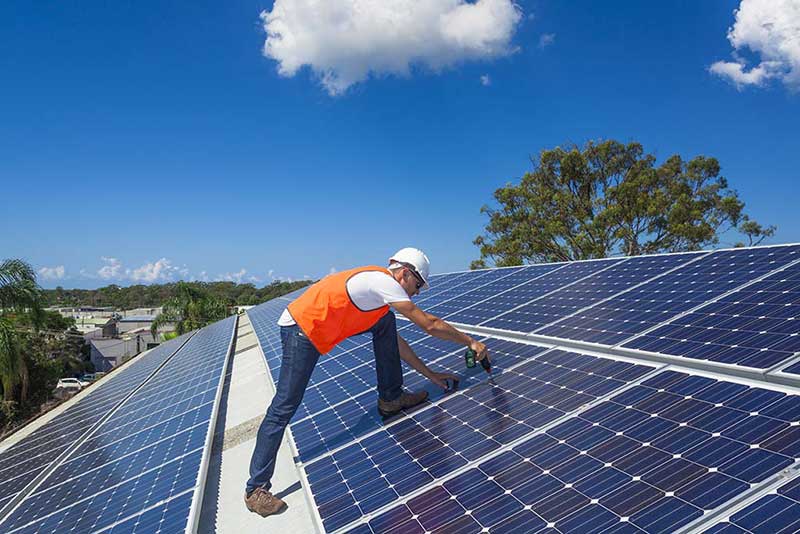If you’re looking to invest in a solar PV system for your property and use the power of the sun to reduce your energy bills, then you’ve most likely started to investigate the cost of different sized solar PV systems as well as the different brands available and their price range.
While the size of a system and the brand you select will certainly be the majority of the expense when installing solar, you also need to factor in the installation and labour costs which can vary dependent on a few factors.
Installation Costs

Every installation is unique when installing solar as no two properties will be the same, this is why an installer may require a home visit to provide you with an accurate quote as opposed to quoting over the phone.
Factors that will affect the cost of the overall installation can include;
Type of Roof
The type of roof you have will be the deciding factor on whether you require tilt frames installed on your roof, which will be an additional cost to your installation. Tilt frames are installed to hold solar panels at the best angle and optimise maximum exposure to the sun. Most households in Australia have hip or skillion roofs which provide enough of an angle that tilt frames are not required.

If your property has a flat roof however you will require tilt frames otherwise you could forego maximum sun exposure to your panels aswell as have dirt and grind build up much quicker, which will result in a drop in your solar panels efficiency. It also means you will need to clean your panels more frequently, as you won’t have the advantage of dirt being cleaned off and rolling down the panels when it rains.
The addition of tilt frames can vary in costs anywhere from $25-$40 per panel, so depending on how many panels you are installing it could add a few hundred to the cost of the installation.
Make of Roof
What your roof is made of can highly affect the installation process and cost of installing your solar panels. Certain makes will require additional labour and equipment from an installer, and this is will be added to the cost of installing the system.

Tile roofs made of slate, clay or concrete may require the installer to remove tiles to be able to mount the racking frame directly on the roof securely. As slate, clay and concrete tiles can be fragile this usually means they will need to replace the lifted tiles with new tiles. The removal and replacing of tiles will usually be an added cost to the standard installation.
Roofs made of asphalt shingle and composite can generally be drilled straight into, to attach the mounting frames for the solar panels to be placed on which can be relatively easy for the installer to do and so is not a major labour cost.
Metal roofs or standing-seam roofs are by far the easiest for solar panels to be installed on. No drilling into the roof is required as the solar panel frames can be attached to the seams of the metal roof. Less equipment and labour will mean a lower cost in the overall installation.
Removal of Old System and Panels
If you are replacing an old system, the cost of removing the current solar PV system will be factored into the cost of your installation. If the solar PV system and panels being removed are still functional or recyclable you may be able to strike up a deal with the installer if they may have some use for them. In the quoting process it is important to mention if you require the removal of an old system as not only can it substantially affect the cost, it may require an extra person or additional preparation for the installation.
Location
The location of your property may also be factored into the cost of an installation. This should only occur if you are located a great distance from where the installer is based and the commute to and from your property could essentially take the time away from another installation.

CEC Accredited Installer
Installing through a CEC Accredited Installer is crucial when it comes to ensuring quality. CEC accreditation means that the installer demonstrates competence in the design and installation of stand-alone and grid-connected solar PV systems. When receiving quotes, you may get a cheap deal via a non-accredited installer but you’ll most likely end up paying for it with a cheaply done installation aswell as not being able to claim any Government incentives or rebates, which could assist with the upfront costs of the system.









